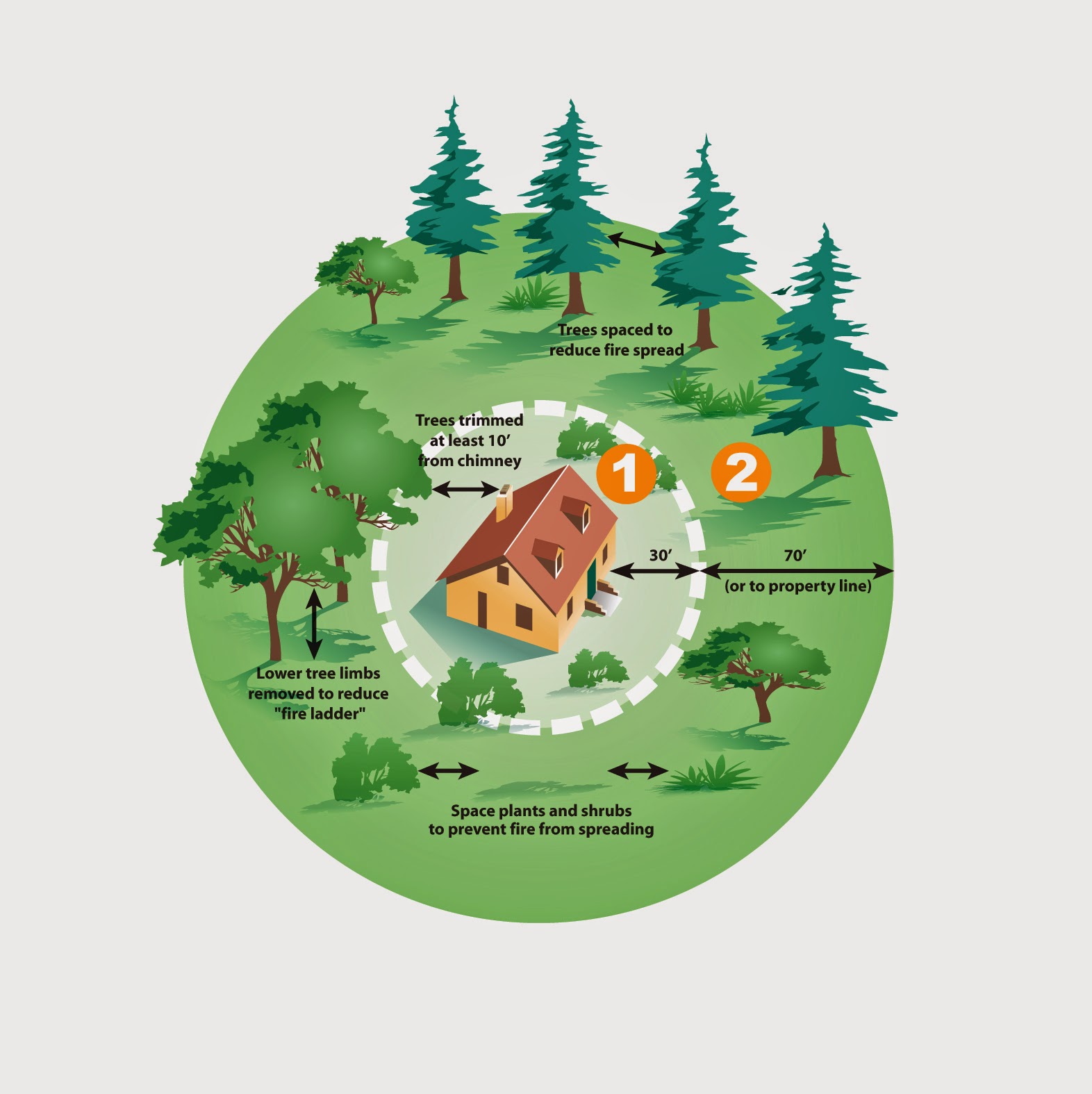 |
| Photo by Rebecca Anderson |
This is the time of year when our landscapes are becoming greener and new plants are sprouting every day. As I spend more time doing projects in my yard, I'm often faced with a decision: is a particular plant a weed or is it a beneficial landscape plant? Here are some guidelines I use to help come to a conclusion.
- Plants growing in the wrong location are weeds. This defines all the traditional weeds like the dandelions (Taraxacum sp.)in the lawn, but it also helps when evaluating more mobile landscape and garden plants. The morning glories (Ipomoea sp.) growing on the trellis where I planted them can stay. The ones climbing up the arborvitae (Thuja sp.) need to go.
- Plants that are unattractive are weeds. Of course, beauty is in the eye of the beholder, but many of the common weeds lack attractive characteristics we value in other plants. This benchmark may apply to an intentionally placed landscape plant that has become scraggly over time, too. If pruning can't bring it back to the desired form, then perhaps removal is another option.
- Plants that are a health or safety hazard are weeds. In our dry climate, fire hazards are a huge consideration and need to be managed appropriately. In some areas when determining defensible space, trees may even become considered weeds. Some landscape plants have poisonous components, so before adding rhubarb (Rheum rhabarbarum) to the garden, make sure it's protected from any curious pets or children that a might be tempted to taste the leaves.
- Plants that out-compete more desirable plants are weeds. Bindweed (Calystegia sp.) is a well-known competitor many gardeners battle. This year the volunteer pok choy (Brassica rapa), in my garden is squeezing out some of the more fragile herbs and is very close to being demoted to weed status.
- Plants that attract pests are weeds. The Manhattan euonymus (Euonymus kiautschovicus ‘Manhattan') shrub by my patio attracts bottle flies for a few days each summer when it blooms. Every year during that time, I think about "shovel pruning" when the flies are buzzing, but once the blooms pass I reconsider and the shrub lives to see another season.
Keeping these considerations in mind should help make culling decisions in your landscape. If you would like to learn more about weeds, please visit the CSU Weed Management page for links to fact sheets and more.



